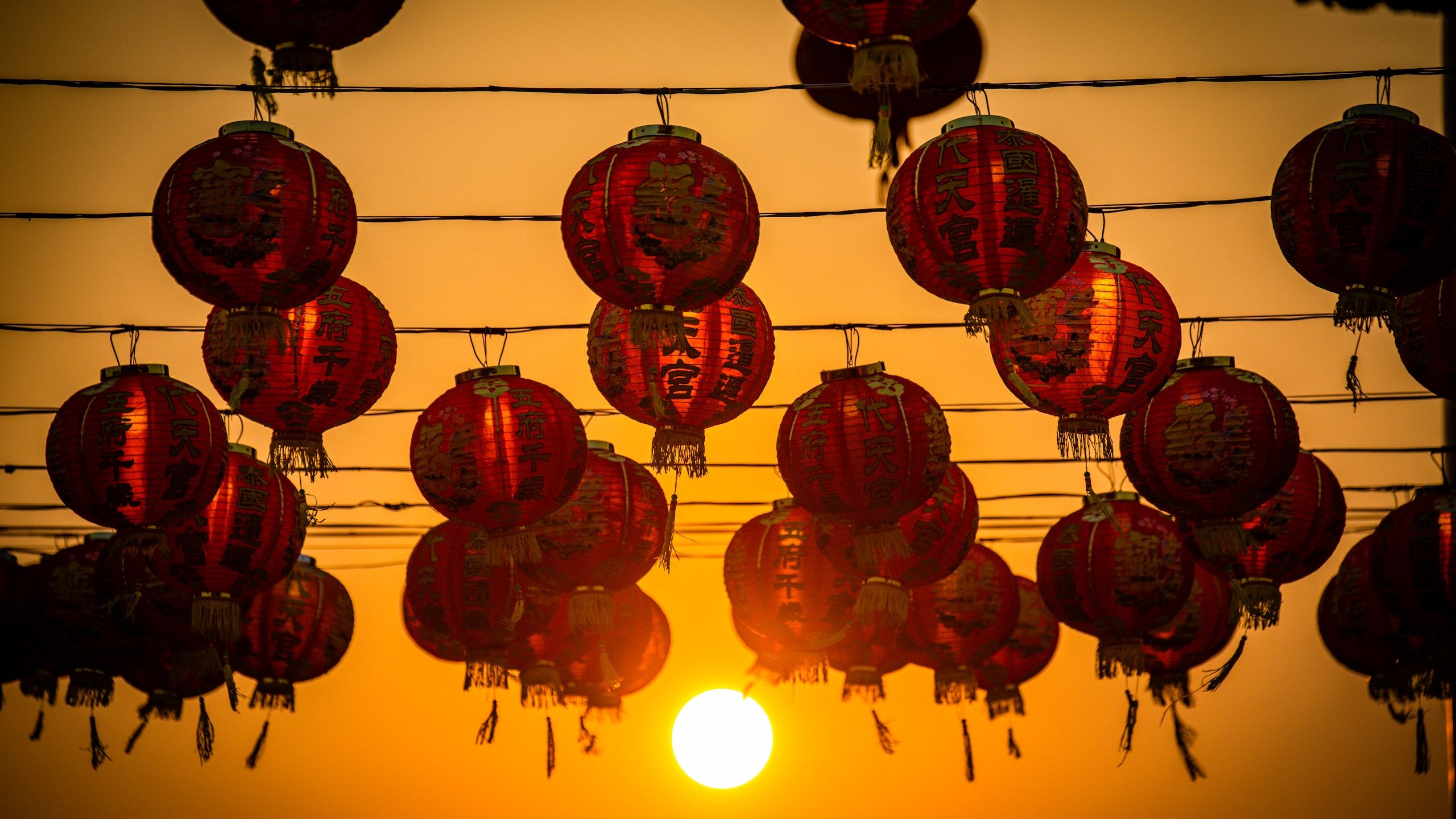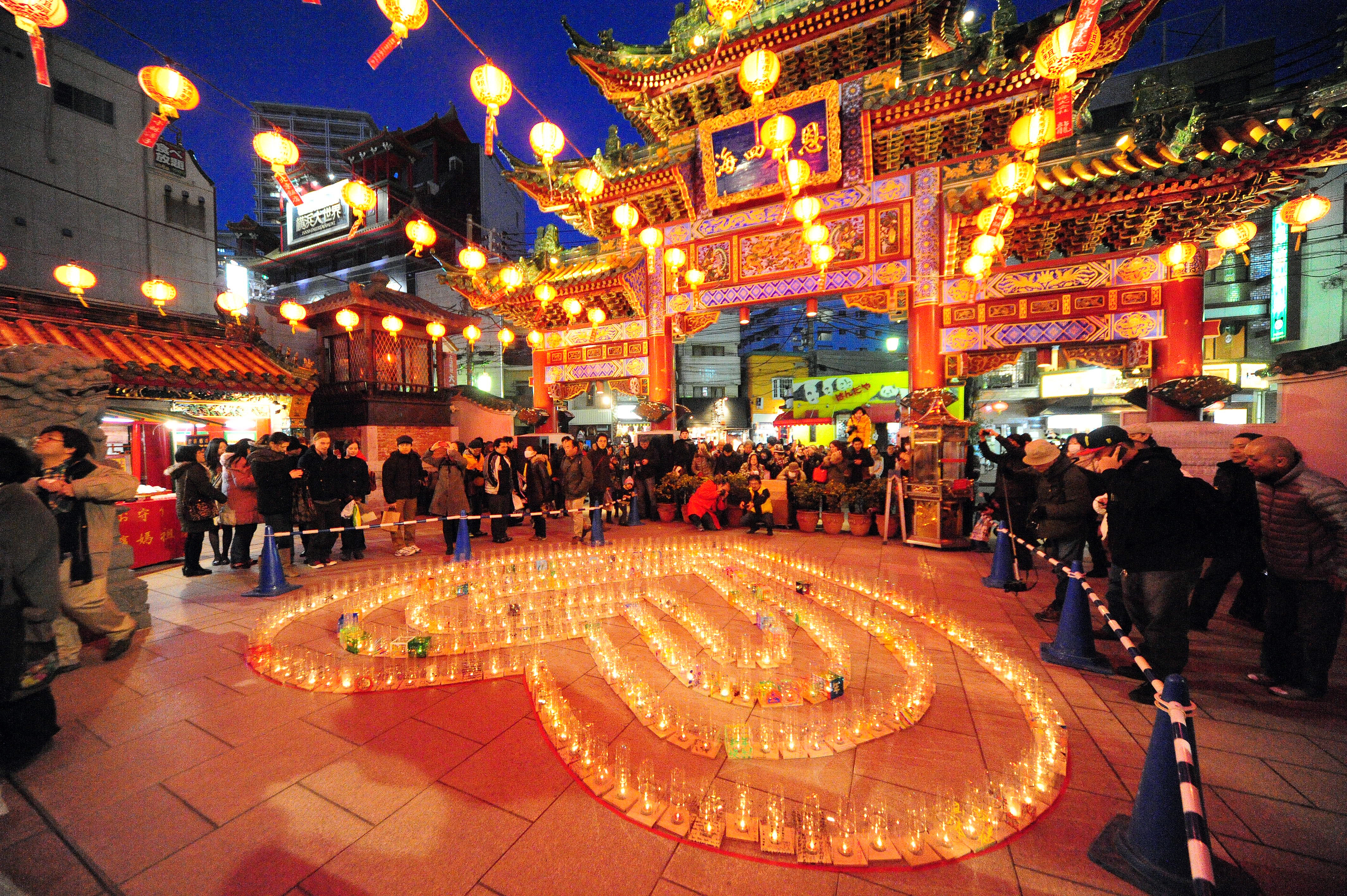Celebrate The Lunar New Year 2026: Traditions, Festivities, And Cultural Significance
Celebrate The Lunar New Year 2026: Traditions, Festivities, And Cultural Significance
The Lunar New Year, also known as the Chinese New Year, is one of the most important holidays in Chinese culture. It is a time to celebrate the new year and to honor ancestors.
Editor's Notes: Celebrate The Lunar New Year 2026: Traditions, Festivities, And Cultural Significance have published today date. The Lunar New Year is a time for family and friends to come together and celebrate. It is also a time to reflect on the past year and to make plans for the future.
We understand that the Lunar New Year is a time for celebration and joy. We put together this Celebrate The Lunar New Year 2026: Traditions, Festivities, And Cultural Significance guide to help you make the right decision.
Key differences or Key takeways:
| Feature | Description |
|---|---|
| Date | January 22, 2026 |
| Animal | Rabbit |
| Element | Fire |
| Color | Red |
| Lucky number | 6 |
| Lucky direction | East |
Transition to main article topics:
1. Traditions of the Lunar New Year
2. Festivities of the Lunar New Year
3. Cultural significance of the Lunar New Year
FAQ
This section addresses frequently asked questions and common misconceptions regarding the celebration of the Lunar New Year in 2026. By providing clear and concise answers, we aim to enhance your understanding and appreciation of this significant cultural event.
Question 1: What is the significance of the Lunar New Year in various cultures?
The Lunar New Year holds immense cultural significance in various Asian countries, including China, Vietnam, Korea, and Japan. It marks the beginning of a new year according to the lunisolar calendar, symbolizing renewal, prosperity, and the hope for a fortunate year ahead.
Question 2: How is the Lunar New Year typically celebrated?
Celebrations often span several days and involve traditional rituals and customs that differ slightly among cultures. Common practices include family reunions, feasts featuring symbolic dishes, lion and dragon dances, fireworks, and the exchange of red envelopes containing money.
Question 3: What is the symbolism behind red envelopes?
Red envelopes, known as hongbao or lai see, are traditionally given to children and unmarried individuals during the Lunar New Year. The color red represents good fortune and the money symbolizes the bestowing of blessings, prosperity, and protection for the coming year.
Question 4: Is there a specific dress code for Lunar New Year celebrations?
While there is no strict dress code, it is customary to wear new or brightly colored clothing, as these are associated with joy and new beginnings. Red and gold are particularly auspicious colors.
Question 5: What is the significance of fireworks during the Lunar New Year?
Fireworks are an integral part of Lunar New Year celebrations. They symbolize warding off evil spirits, bringing good luck, and illuminating the path to a prosperous future.
Question 6: How is the Lunar New Year different from the Western New Year?
The Lunar New Year follows a lunisolar calendar, which means it is based on both the cycles of the moon and the sun. As a result, the date of the Lunar New Year changes annually, falling between January 21st and February 20th. Additionally, the Lunar New Year is typically celebrated over a longer period in comparison to the Western New Year.
Remember that customs and traditions may vary slightly among different regions and cultures. Embrace the diversity and richness of these celebrations while respecting local customs. We hope this FAQ has provided valuable insights into the Lunar New Year and its cultural significance.
Continue reading to explore other aspects and traditions of the Lunar New Year 2026.
Tips
For a meaningful celebration of the Lunar New Year, consider following these essential tips:
Tip 1: Understand the Symbolism and Traditions
Familiarize yourself with the cultural significance behind Lunar New Year traditions, such as the importance of red clothing, dragon dances, and lion dances, to appreciate their symbolism.
Tip 2: Prepare Festive Decorations
Decorate your home or business with traditional Lunar New Year decorations in vibrant colors, including red lanterns, paper-cuttings, and auspicious characters. These decorations bring good fortune and prosperity for the coming year.
Tip 3: Gather Delicious Food
Prepare or purchase traditional Lunar New Year dishes, such as dumplings, spring rolls, and prosperity salad, to share with loved ones and neighbors. These culinary delicacies symbolize abundance and good luck.
Tip 4: Attend Cultural Festivities
Participate in festive gatherings in your community, such as temple fairs, parades, or cultural performances. These events offer an immersive experience and allow you to connect with the wider community.
Tip 5: Exchange Red Envelopes
Prepare red envelopes filled with money as gifts for family and friends, especially children. This tradition symbolizes wealth and good fortune for the recipients.
Summary
By following these essential tips, you can create a memorable and authentic Lunar New Year celebration. Immerse yourself in the traditions, engage in festive activities, and embrace the cultural significance of this auspicious occasion.
To learn more about the Lunar New Year and its rich history, explore our comprehensive guide: Celebrate The Lunar New Year 2026: Traditions, Festivities, And Cultural Significance.
Celebrate The Lunar New Year 2026: Traditions, Festivities, And Cultural Significance
The Lunar New Year, celebrated in 2026, is a festival of immense cultural and traditional significance. Understanding its various dimensions and aspects provides a deeper appreciation of this annual event.
- Cultural Heritage: Rooted in ancient Chinese traditions, the Lunar New Year is a celebration of family, prosperity, and new beginnings.
- Festive Atmosphere: The festival is marked by vibrant decorations, parades, fireworks, and family gatherings, creating a joyous and celebratory atmosphere.
- Traditional Customs: Lunar New Year celebrations include customs like exchanging red envelopes, wearing new clothes, and cleaning homes to symbolize purification and good fortune.
- Symbolic Cuisine: Special foods are prepared during the festival, each holding symbolic meanings. Dumplings represent wealth, while longevity noodles symbolize long life.
- Regional Variations: The Lunar New Year is celebrated differently across regions, with unique local traditions and customs.
- Global Impact: Celebrated in countries worldwide, the Lunar New Year has become a symbol of cultural diversity and unity.
These key aspects illustrate the multifaceted nature of the Lunar New Year. It not only celebrates ancient traditions but also reflects the vibrant cultural heritage of different regions. The festival is a testament to the resilience and continuity of cultural practices across generations, fostering a sense of community and belonging among its celebrants.

Chinese New Year in Hong Kong: Lunar legends, traditions and taboos - Source www.lifestyleasia.com
Celebrate The Lunar New Year 2026: Traditions, Festivities, And Cultural Significance
The Lunar New Year, also known as the Spring Festival, is one of the most important holidays in China and many other Asian countries. It marks the beginning of a new year according to the traditional Chinese calendar, which is based on the lunar cycle. In 2026, the Lunar New Year will begin on February 12th.

Japanese Celebrate Lunar New Year 2024 Greatest Top Most Famous - Source blankcalendarofapril2024.pages.dev
The Lunar New Year is a time for families to come together and celebrate. Traditional festivities include eating special foods, giving gifts, and watching fireworks. The holiday also has a deep cultural significance, and many people believe that the way they celebrate the Lunar New Year will affect their luck in the coming year.
In recent years, the Lunar New Year has become increasingly popular outside of Asia. In the United States, many major cities hold large celebrations, and it is becoming increasingly common for schools and businesses to give their employees time off to celebrate. The Lunar New Year is a reminder of the rich cultural heritage of China and other Asian countries, and it is a time for people to come together and celebrate the beginning of a new year.
The Lunar New Year is a time for celebration and reflection. It is a time to come together with family and friends, to enjoy traditional foods and festivities, and to give thanks for the past year. It is also a time to look ahead to the future with hope and optimism. The Lunar New Year is a special time, and it is a time to be celebrated.
Best Auspicious Dates For Starting New Business In 2025, Harun Zrno: A Renowned Architect Blending Innovation With Sustainability, Unlock Your Hair Goals: The Ultimate Guide To Get Smart Strands, Congressman Darrell Issa: Leading The Fight For Accountability And Transparency, Lujan: Unveiling The Historic Adobe Village And Cultural Crossroads, Climate Change: Impacts, Mitigation, And Adaptation For A Sustainable Future, Behold The Sweet And Savory Delight: Skyline Chili Ice Cream, Luis Espinoza: Award-Winning Pittsburgh Criminal Defense Attorney, Trump's Immigration Policies: Effects On The Economy, Society, And Future Of The United States, Revealing The Hidden Truth: Declassified Files Uncover Martin Luther King Jr.'s Legacy,